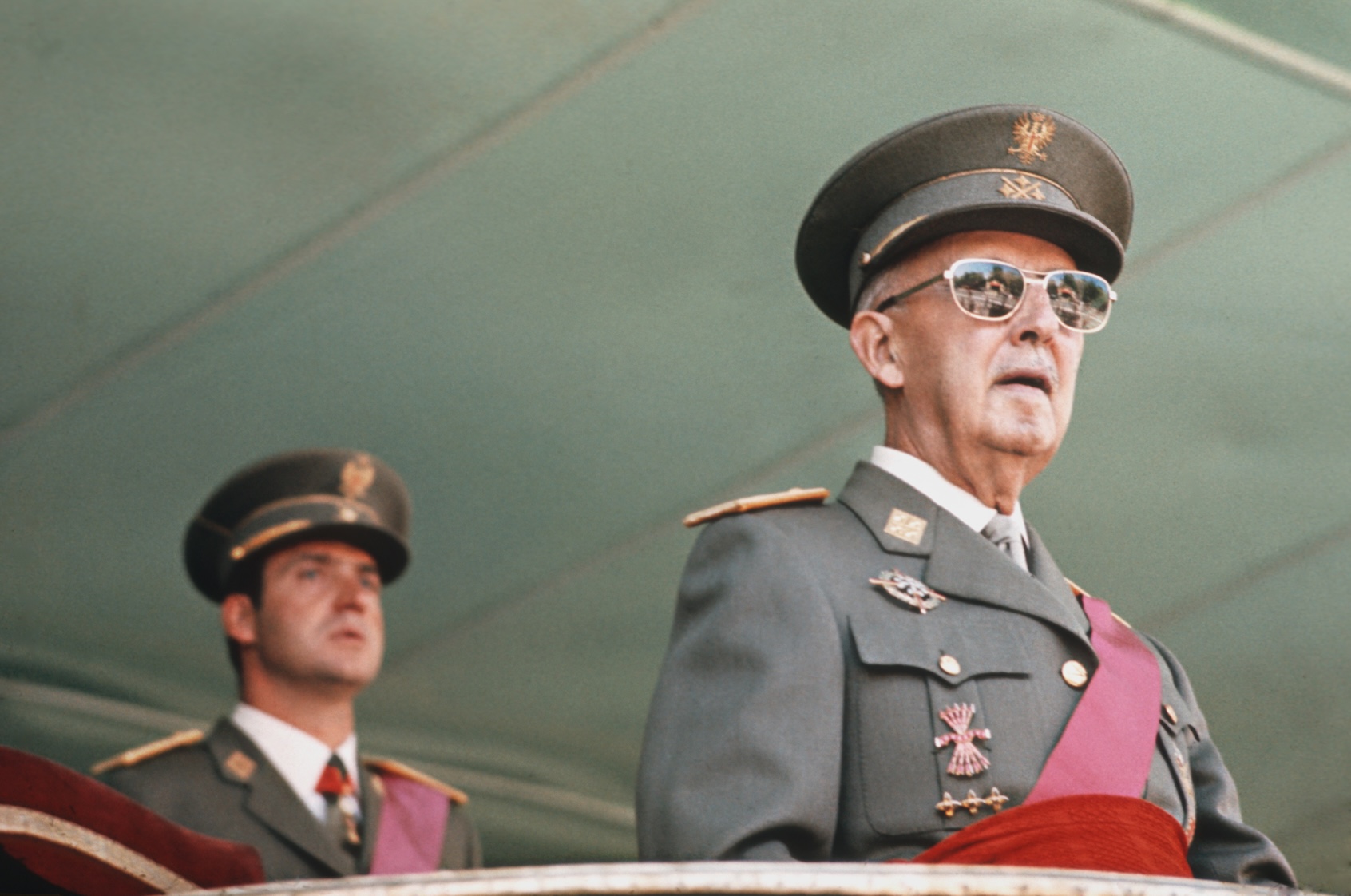A notable trend has emerged among some factions of the American far right as they express admiration for historical figures associated with authoritarianism, particularly the late Spanish dictator Francisco Franco. This renewed interest has sparked conversations about the parallels between contemporary political dynamics and the authoritarian regimes of the past.
Franco led Spain for 35 years after the Spanish Civil War, establishing a regime characterized by repression and a rigid social order. As highlighted by Dan Kaufman in a recent essay for the *New York Review of Books*, there is a disturbing resonance between Franco’s tactics and the current strategies of some right-wing activists in the United States. Kaufman’s analysis references Paul Preston‘s book, *Architects of Terror*, which details the brutality of Franco’s regime and its implications for current political contexts.
While Donald Trump and his affiliates may not overtly endorse Franco’s methods, their admiration for strongman governance mirrors tactics used during Franco’s rule. The fascination appears rooted in a desire to reclaim a perceived lost order, where hierarchy and control were more pronounced. Notably, figures such as JD Vance and Marco Rubio have been linked to attempts to influence European politics, particularly in Germany, where they aimed to support the far-right Alternative for Germany (AfD) party. These efforts largely backfired, demonstrating a disconnect between American political figures and the realities of European political landscapes.
The parallels drawn between Trump and historical figures such as Adolf Hitler and Benito Mussolini have been a topic of extensive discussion. Critics often highlight the theatricality and populist tactics employed by Trump, which echo the performative aspects of fascist leaders. As Kaufman notes, there exists a troubling familiarity in the rhetoric used by contemporary right-wing leaders, invoking a sense of nostalgia for a time when authoritarian rule was prevalent.
Franco’s regime was marked by a systematic suppression of dissent, targeting ethnic and political minorities while promoting a narrative of national superiority. As Kaufman points out, his regime’s antisemitism and persecution tactics are mirrored in modern political discourse that seeks to vilify dissenters and minorities. The rhetoric surrounding cultural and social issues today often reflects a longing to revert to a more homogenous and controlled society.
Moreover, the historical revisionism surrounding Franco’s legacy has allowed some right-wing commentators to romanticize his rule. Figures like William F. Buckley Jr. have previously characterized Franco as a national hero, a sentiment that has persisted among certain segments of the American right. This glorification overlooks the oppressive realities of his regime, suggesting a troubling trend where authoritarian figures are reinterpreted as symbols of strength and stability.
Kaufman’s exploration of Franco’s historical significance raises essential questions about the appeal of authoritarianism in current politics. The fascination with figures like Franco reflects both a desire for control and an aversion to the complexities of modern governance. As contemporary politicians leverage populist sentiments, the specter of past authoritarian regimes looms large, challenging democratic norms and promoting divisive narratives.
The dynamic interplay between American right-wing movements and historical authoritarian figures underscores an urgent need for critical examination of political rhetoric and its implications. As admiration for figures like Franco persists, it is crucial to recognize the dangers of romanticizing authoritarian governance and the lessons history offers regarding the fragility of democratic institutions.





